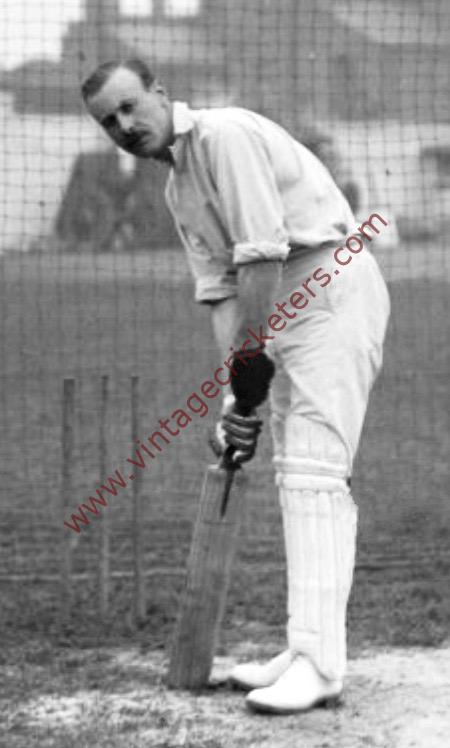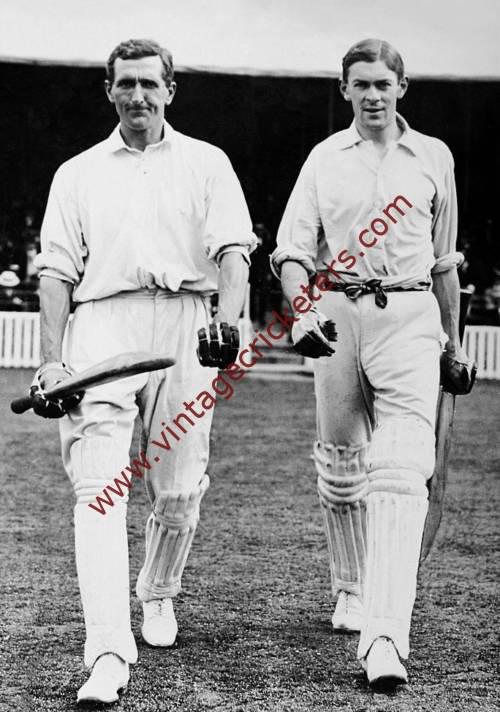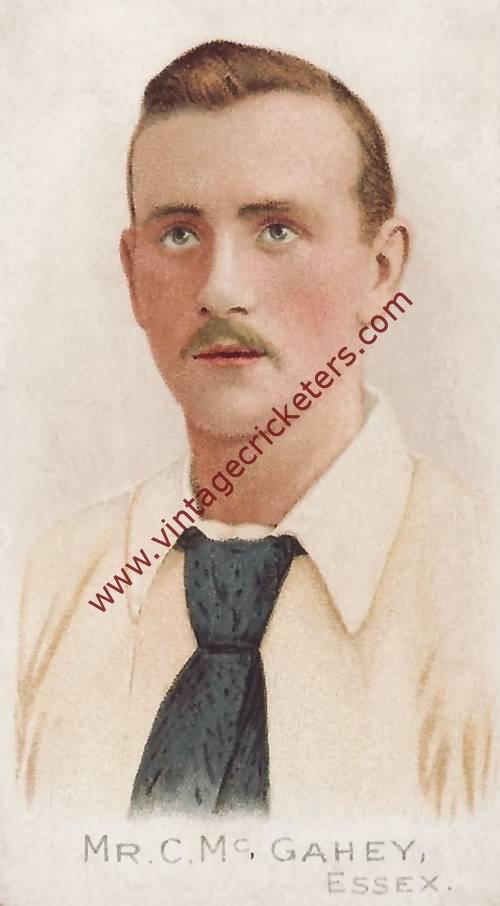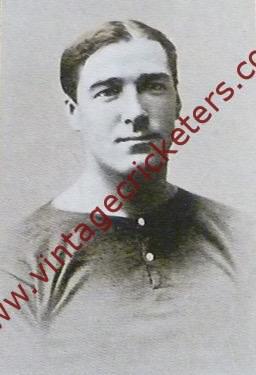Please choose your photo size from the drop down menu below.
If you wish your photo to be framed please select Yes.
Note: 16″x 20″not available in a frame.
Images can also be added to accessories. To order please follow these links
£8.95 – £49.95
Please choose your photo size from the drop down menu below.
If you wish your photo to be framed please select Yes.
Note: 16″x 20″not available in a frame.
Images can also be added to accessories. To order please follow these links
The maximum number of views of this element is reached.
Please contact the webmaster to enable unlimited views.
Groby, Leicestershire born right-arm fast bowler and lower-order right-handed batsman Haydon Smith was considered promising as a batsman early in his career and scarcely bowled, but his batting did not develop and although he often made runs he was largely “a useful hitter”. Smith, Horace Snary and Norman Armstrong were among players who later became prominent who were brought on when Leicestershire entered a second eleven in the Minor Counties Championship for the first time in 1924 after the County had appointed its first-ever professional coach, the former Surrey and England player Ernie Hayes. Smith made his first class debut against Cambridge University in May 1925. He played in 19 matches in that season but took only 12 wickets. At this stage he was apparently regarded primarily as a batting all-rounder: he hit three scores of more than 50 in the season, though his batting average for 448 runs was only 13.57. Over the next two seasons his figures got worse in terms of number of matches played, batting average and number of wickets taken.
Smith’s first breakthrough season as a bowler was 1928. George Geary was injured for much of the season and unable to bowl much even when he played as a batsman, and Smith stepped up to open the bowling regularly: he took 80 wickets at an average of 26.36. “Tall and strong, he bowled fairly fast, with a good high action that made the ball gather pace from the pitch,” Wisden wrote. Geary’s return to fitness in 1929 meant fewer opportunities for Smith, however, and over the two following seasons, 1930 and 1931, he appeared in only half the first team’s matches and took only around 30 or so wickets each year.
Smith’s second breakthrough season was 1932 when he appeared in all matches and compensated for the decline in other bowlers such as Snary and Alan Shipman by taking 83 wickets at an average of 25.73. In fact, Smith continued to prosper as his colleagues declined: in 1933, Leicestershire experienced what Wisden termed “their worst season since they were promoted to first class rank in 1895”. The County finished at the bottom of the County Championship table for the first time, and both batting weaknesses and ageing bowlers were exposed; Smith, by contrast, had his best season yet and his 118 wickets put him at the top of the County’s bowling averages.
He did not maintain that leading position in 1934 as other bowlers recovered their form, but in fact his figures were better: 121 wickets at an average of 22.56. His second innings analysis of 6-39 was responsible for Leicestershire’s first victory over Yorkshire for 23 years. The Times report said that it was “the most sensational victory of the season”: Yorkshire had declared their first innings 102 ahead with only five wickets down but, set 149 to win, were all out for 90.
The 1935 season was, wrote Wisden, “the most successful in the history of the club” and Smith’s bowling in combination with Geary was singled out as a prime reason: “It is no exaggeration to say that last season no other County save Yorkshire could boast of two such consistently successful bowlers,” it said. In early June, the pair bowled unchanged through four consecutive County Championship match innings, culminating in the game against Northamptonshire when Smith took 8-44 and 3-47, and Geary took 2-32 and 7-30 to win the game by an innings inside two days. In all matches, Smith took 150 wickets, his best total, at an average of 19.66, which was also his best bowling average in any season; he took five or more wickets in an innings 15 times and 10 wickets in a match five times.
Over the next four seasons, Leicestershire’s fortunes declined to the point where they were bottom of the County Championship again in 1939; Smith never achieved again the number of wickets or the economy he had done in 1935, but he remained a significant wicket-taker right through to 1939. In both 1936 and 1937 he took 100 wickets in the season again, heading the county’s average in the second of those year. It was in 1937 too that Smith finally came good as a batsman: in the game against Worcestershire he scored an unbeaten 100, his runs coming out of 154 scored while he was at the wicket. It was the only century of his career and 1937 was the only season in which batting average was higher than 15.
Smith’s bowling slipped below 100 wickets in the 1938 season, but the 92 that he took included a return of 8-40 in the match against Gloucestershire and these were the best figures of his career. Smith was still Leicestershire’s leading wicket-taker in 1939, but in a poor season the number had declined to 77.
Smith continued to play in non-first-class matches for Leicestershire throughout the Second World War but he was 45 when first class cricket resumed in 1946 and he did not play again. In 341 first class matches he scored 4,603 runs at an average of 11.01 with 6 half centuries in addition to his single hundred. With his bowling he took 1,076 wickets at 25.99 apiece, with 11 ten wicket matches and 66 five wicket innings. Unusually for the fast bowlers of his period, he was a good fielder, taking 257 catches in his first class career.
He was the uncle of 1950’s and 1960’s Leicestershire cricketer Terry Spencer.
Vintage Cricketers was founded in July 2019. There may be more photographs of this cricketer in the Vintage Cricketers library, which are due to be loaded in due course. In the meantime, please send a message to us using the contact form at the bottom left of this page and we can arrange to prepare and publish all images of this cricketer if you have a particular interest in him.
| Weight | N/A |
|---|



